Sampling Methods for Environmental Studies
VerifiedAdded on 2020/04/01
|5
|818
|260
AI Summary
This assignment focuses on applying stratified random sampling to study household opinions on environmental protection policies. It details the rationale for choosing this method, outlining the attributes considered (age, religion, political affiliation), and explaining the five-step process of implementation. The assignment also includes a sample questionnaire with questions about agreement with government policies and perceived impact of change in government.
Contribute Materials
Your contribution can guide someone’s learning journey. Share your
documents today.
1 out of 5
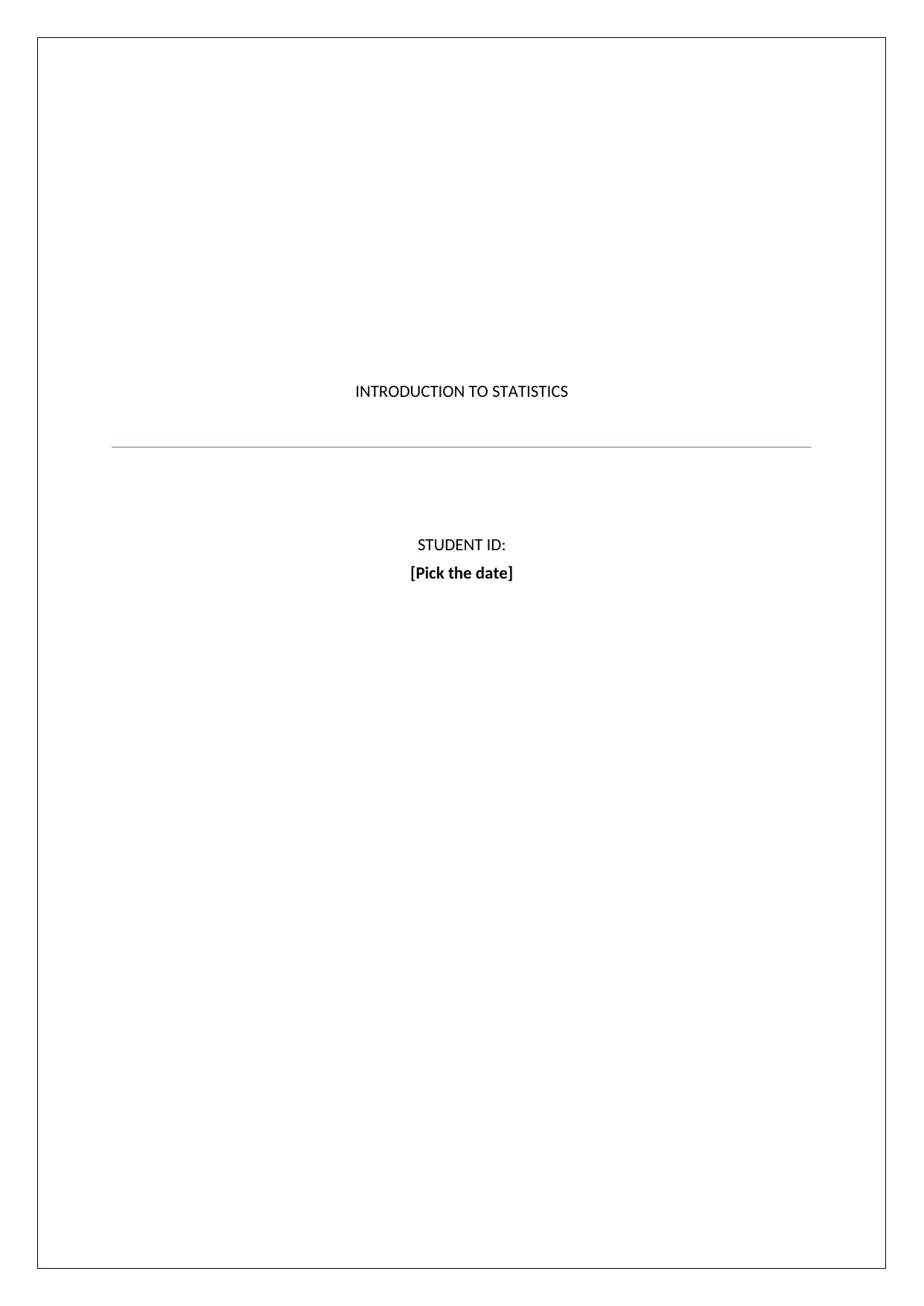
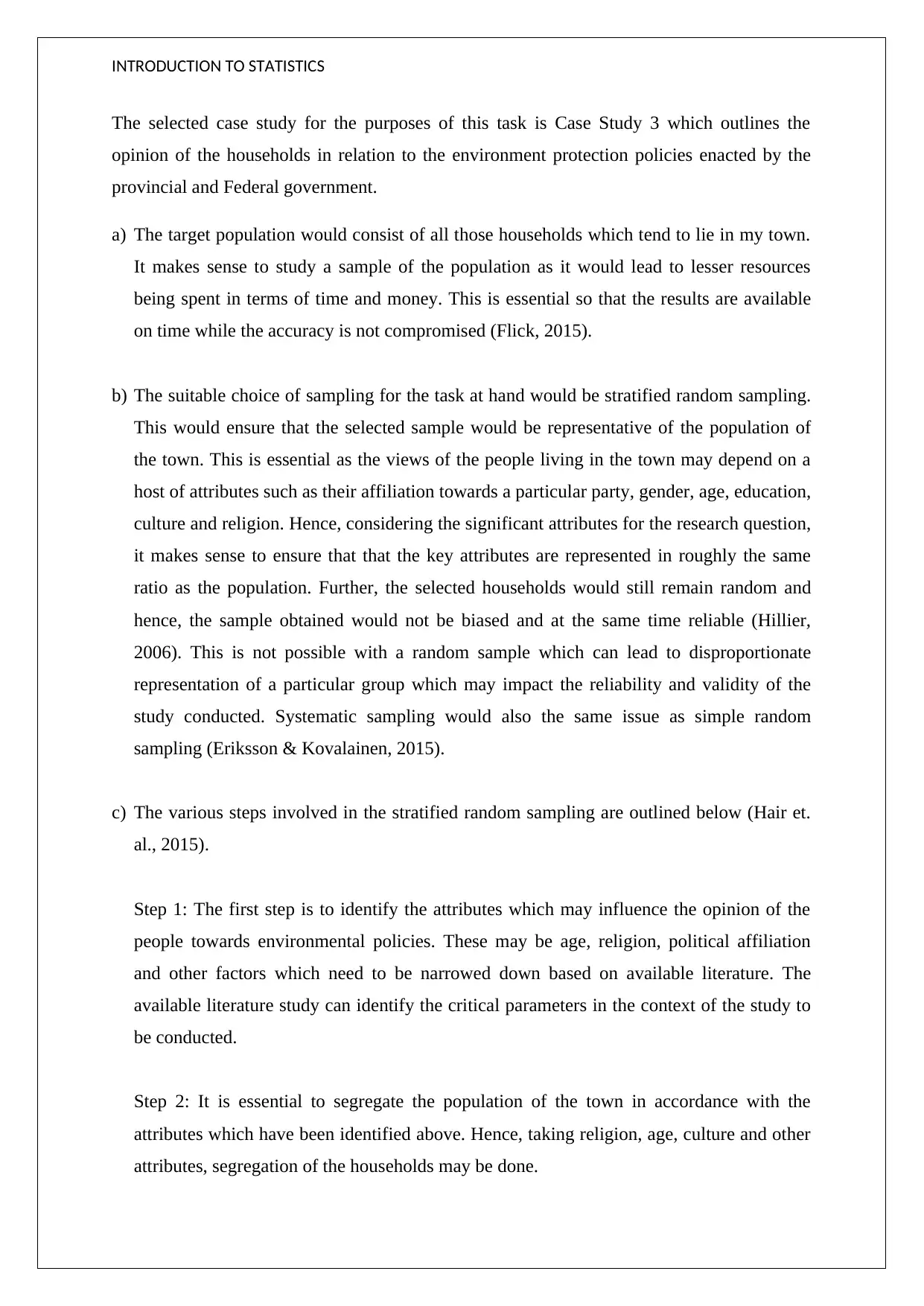
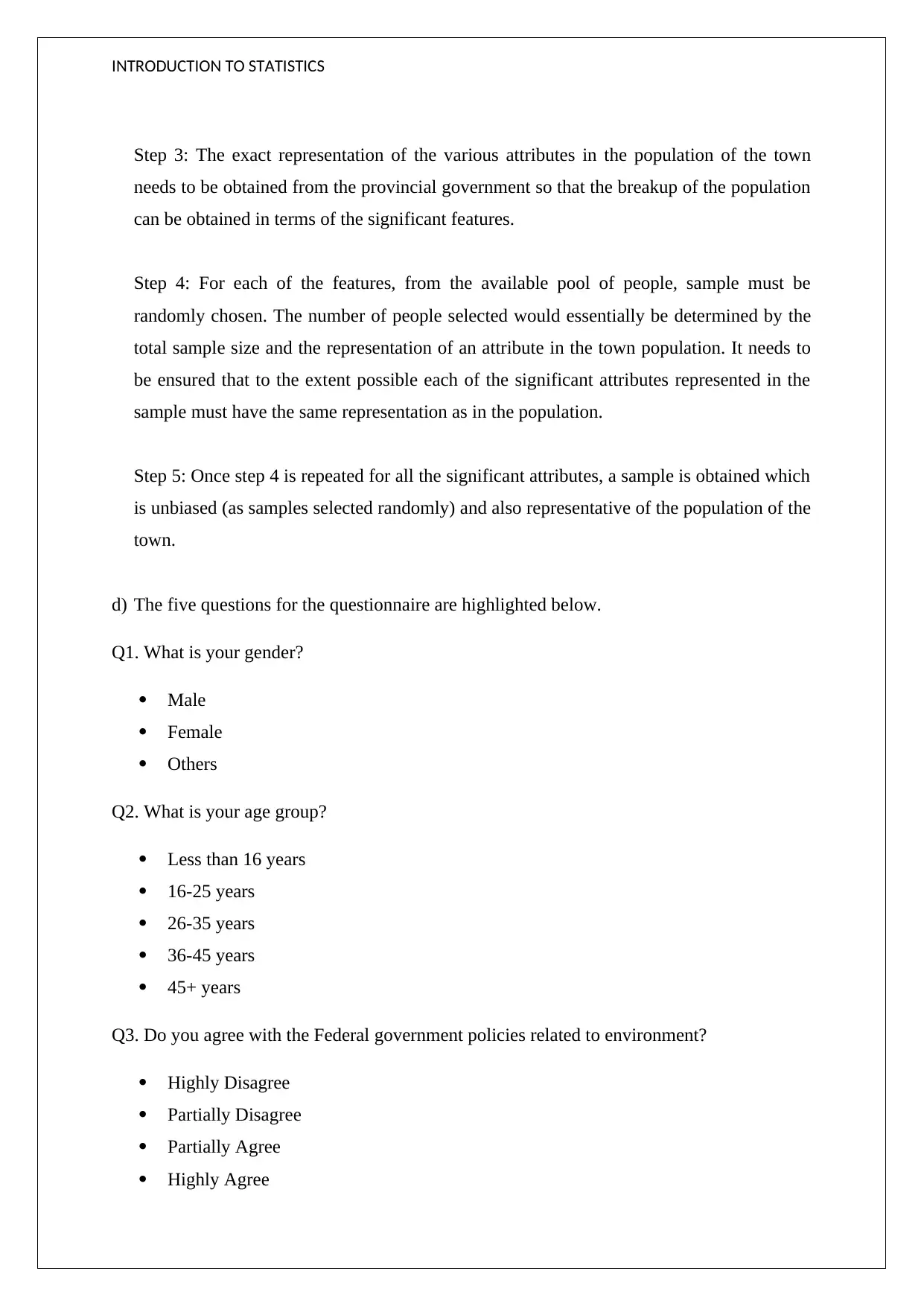
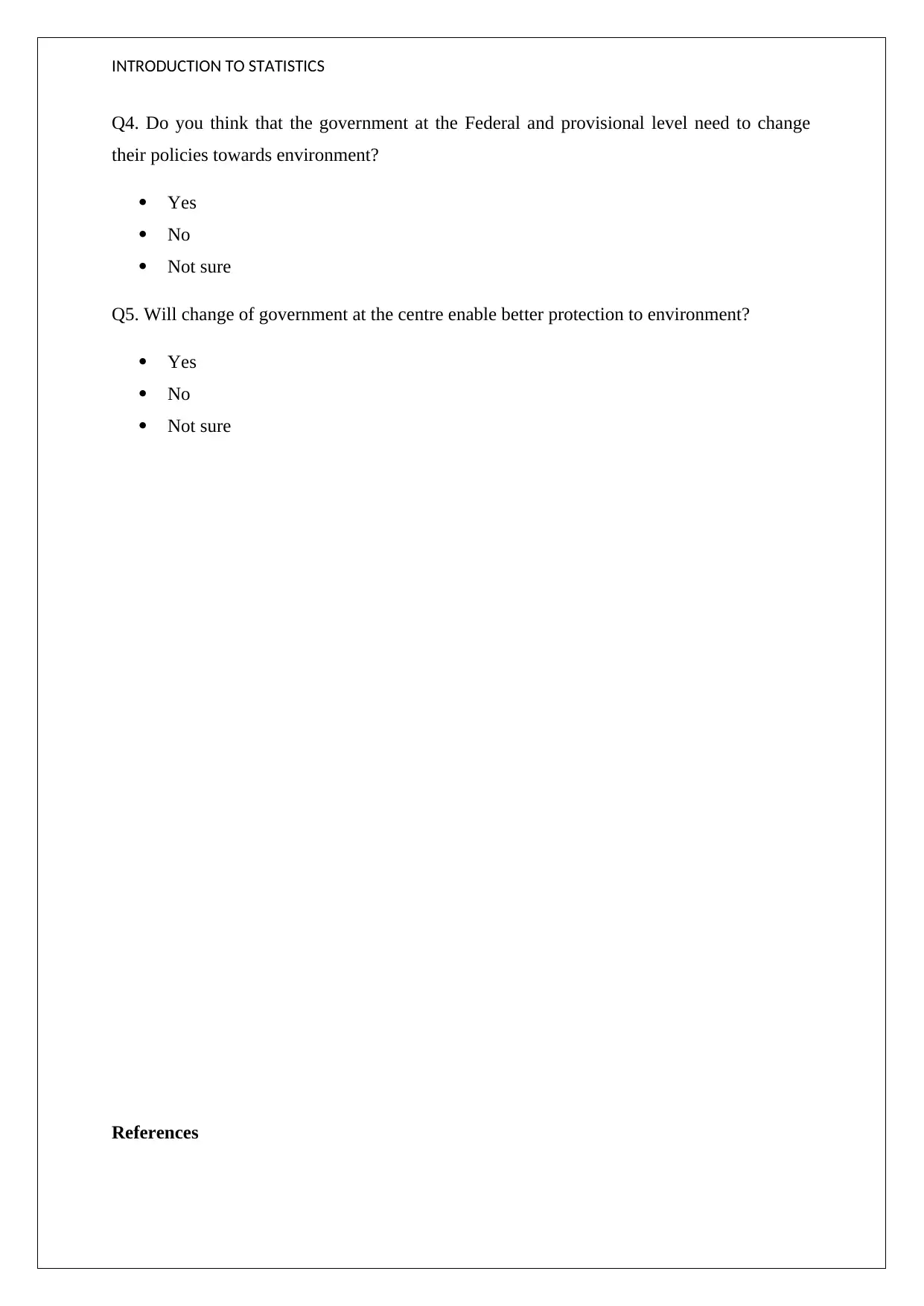
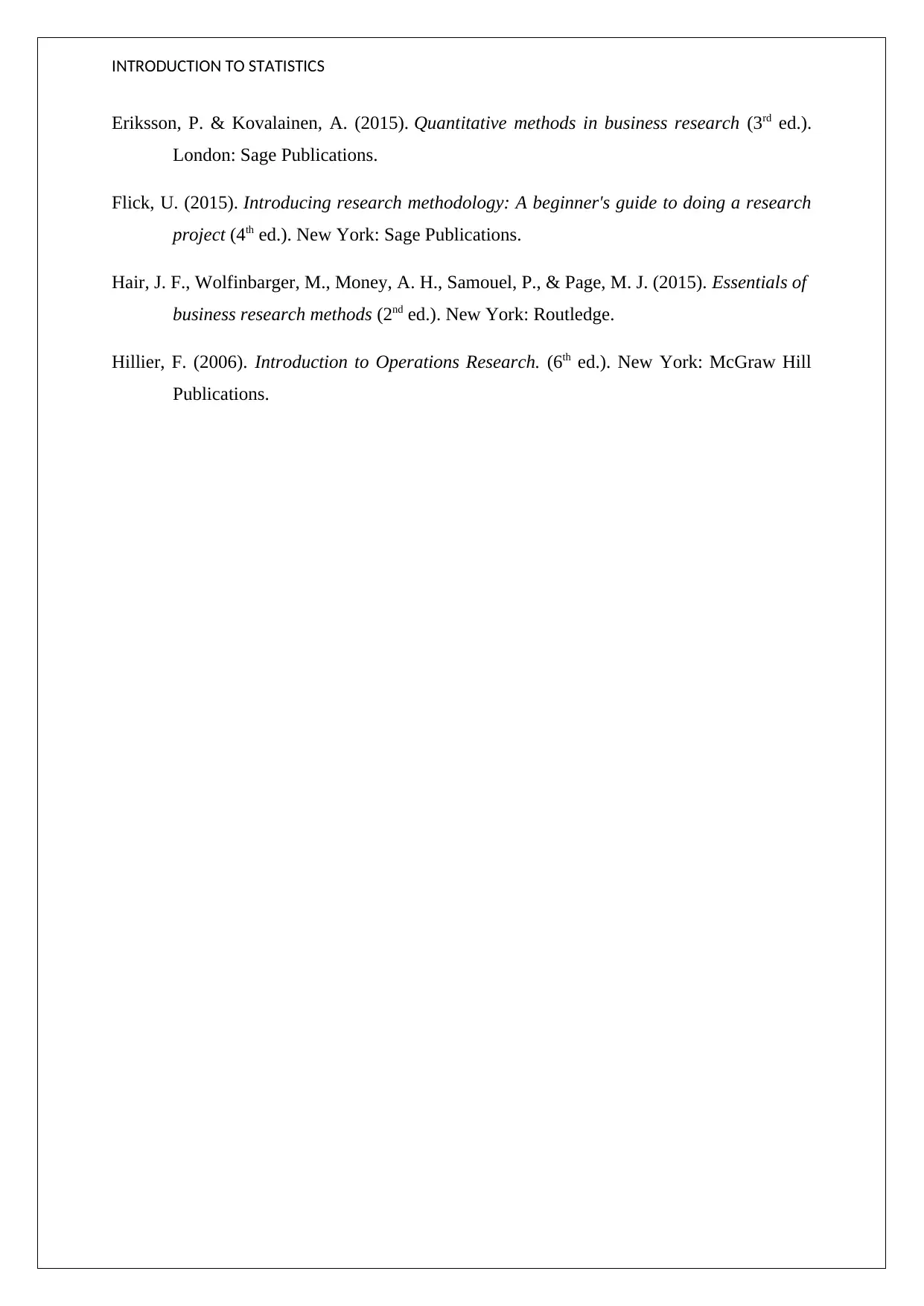






![[object Object]](/_next/static/media/star-bottom.7253800d.svg)